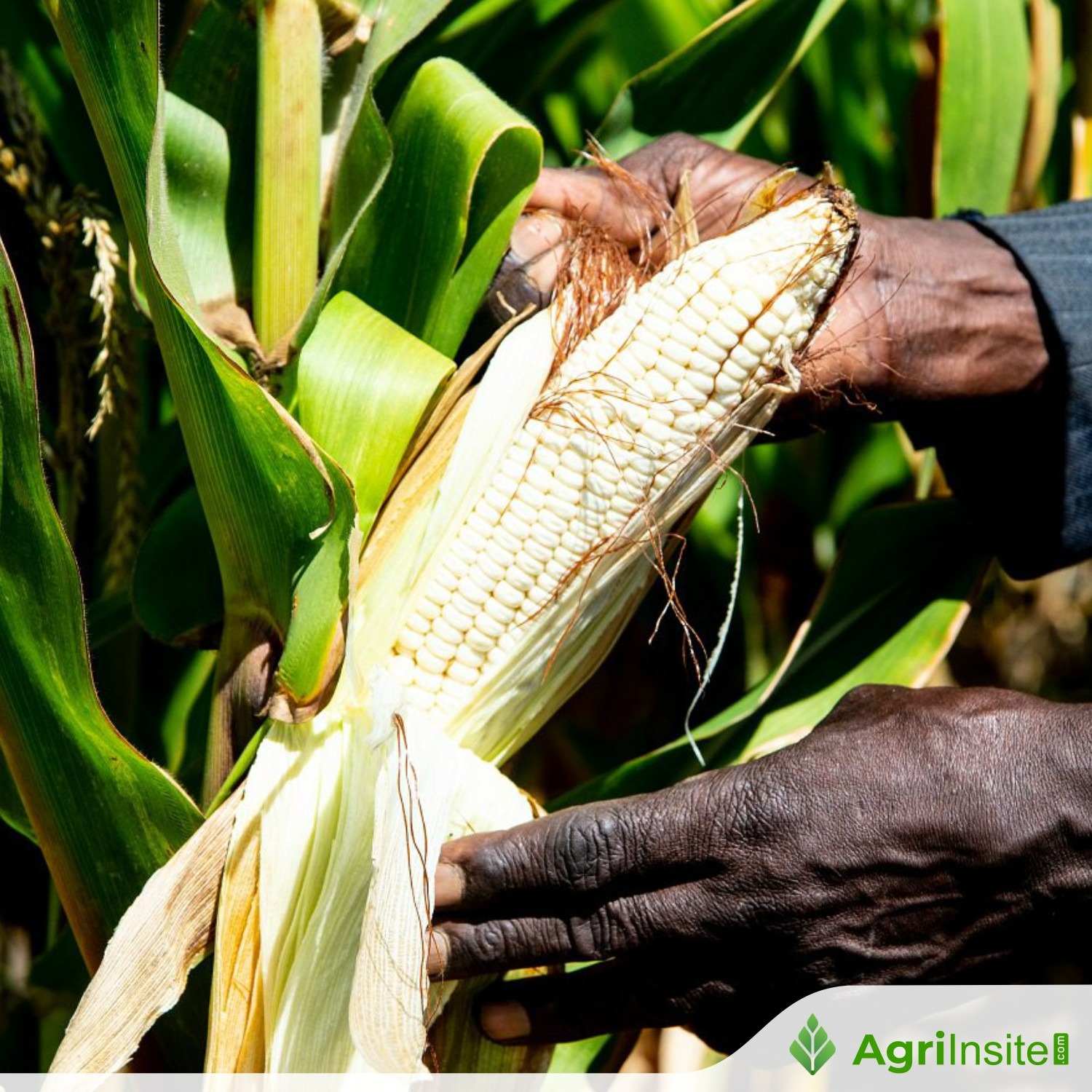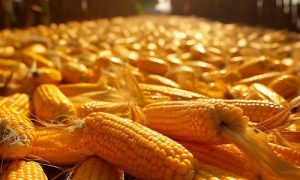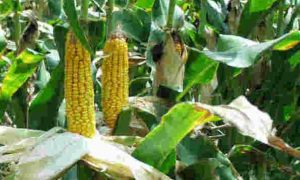UK : Reducing soil nitrogen losses from fertilizer use in global maize and wheat production

Researchers used machine learning to map soil nitrogen losses from maize and wheat cultivation. In 2020, synthetic fertilizer use led to significant nitrogen losses: 5.37 million tonnes (maize) and 4.38 million tonnes (wheat). Indirect N2O emissions totaled 45,000 tonnes (maize) and 37,000 tonnes (wheat). Enhancing nitrogen use efficiency could mitigate losses by 4 million tonnes/year, reducing indirect emissions by 49%.
Maize and wheat are two major staple foods that collectively contribute two-thirds of the world’s grain supply. The extensive use of nitrogen (N) fertilizers during the cultivation of both crops leads to significant losses of reactive nitrogen (Nr) into the environment.
Here, using machine learning algorithms, we generate high-resolution maps of crop-specific soil Nr losses based on global field measurements. We estimate that global annual soil Nr losses from the use of synthetic N fertilizer in 2020, including direct emissions of nitrous oxide (N2O), nitric oxide (NO), ammonia (NH3), N leaching and run-off, amount to 0.18, 1.62, 0.09, 1.47 and 1.10 million tonnes N for maize, and 0.12, 1.33, 0.07, 1.21 and 0.95 million tonnes N for wheat, respectively.
The annual indirect N2O emissions induced by synthetic N fertilizer use from these soil Nr losses are estimated to be 45,000 and 37,000 tonnes for maize and wheat, respectively, with hydrologic pathways playing a predominant role.
Enhancing N use efficiency up to 60% for regions below this value can achieve a total soil Nr loss mitigation potential of 4.00 million tonnes per year for the two crops, thereby reducing indirect N2O emissions by 49%. Our results contribute to constrain global N budgets from the use of fertilizer in agriculture, which then can help to improve projections of nitrogen cycle–climate feedbacks using modelling approaches.
Source Link : https://www.nature.com/articles/s41561-024-01542-x
















